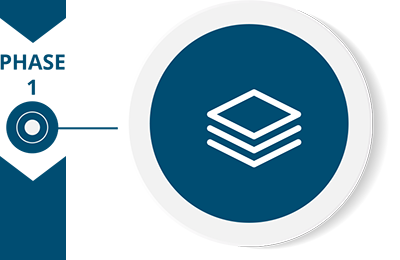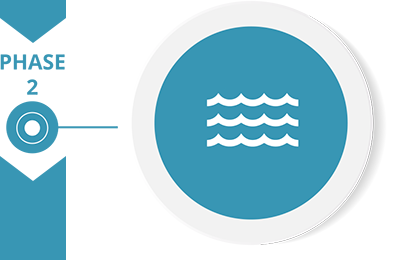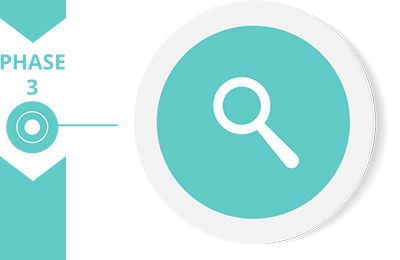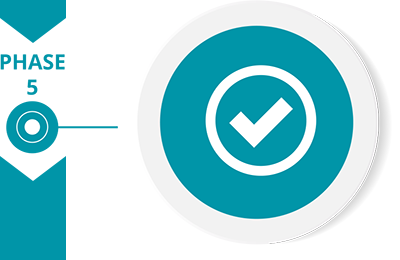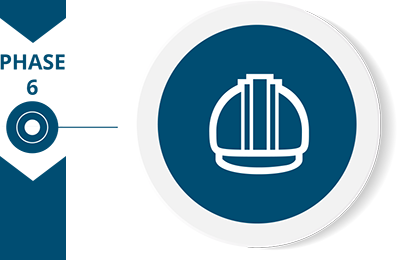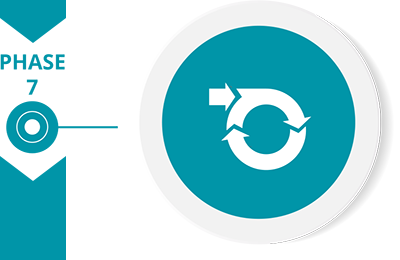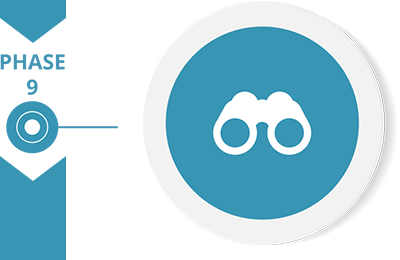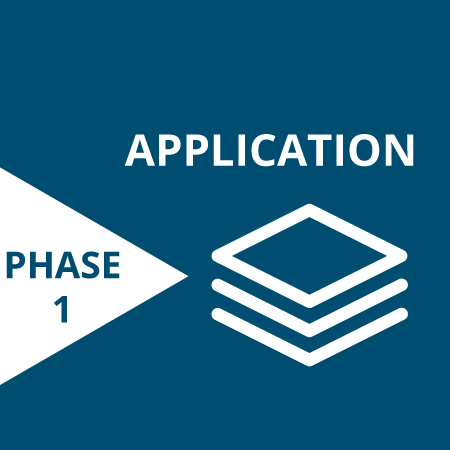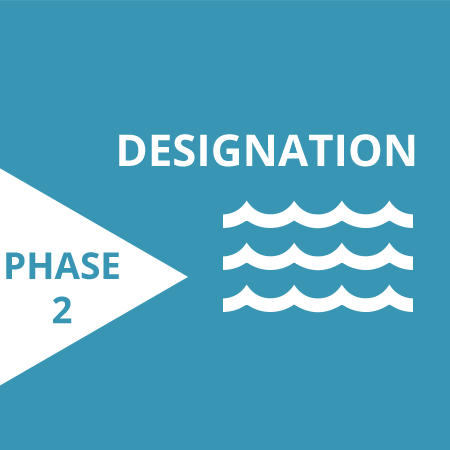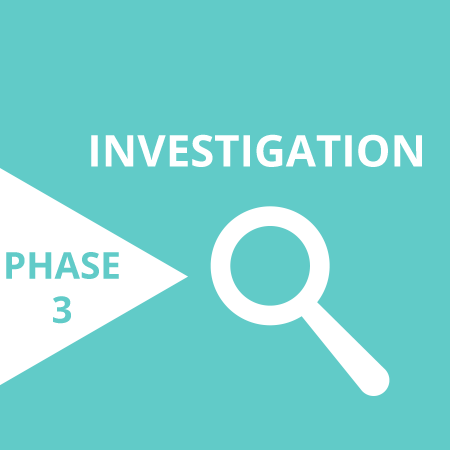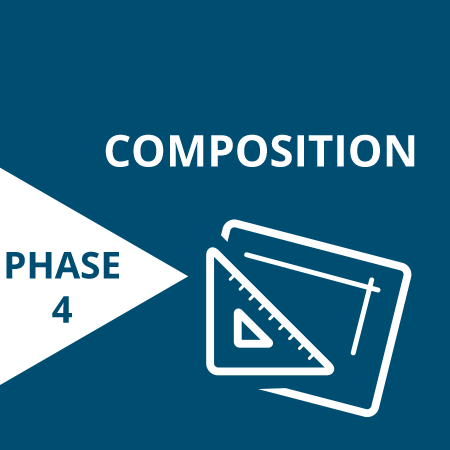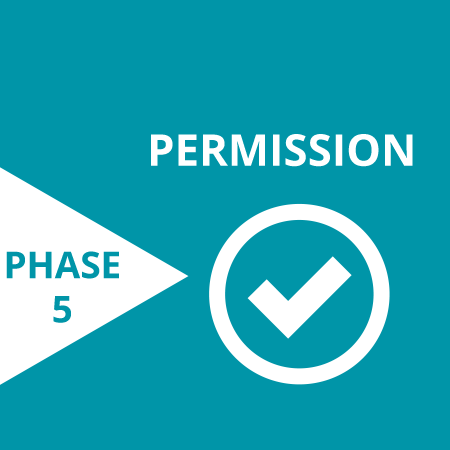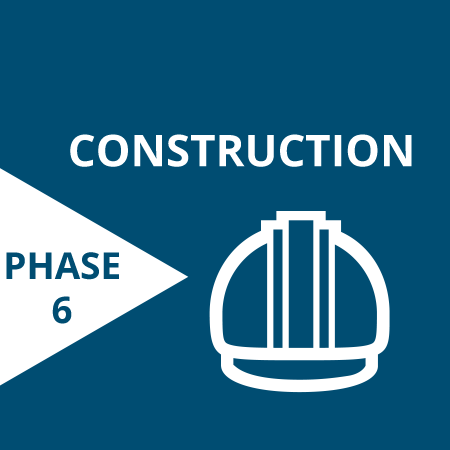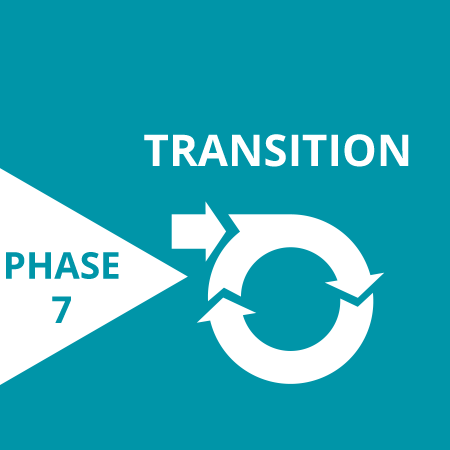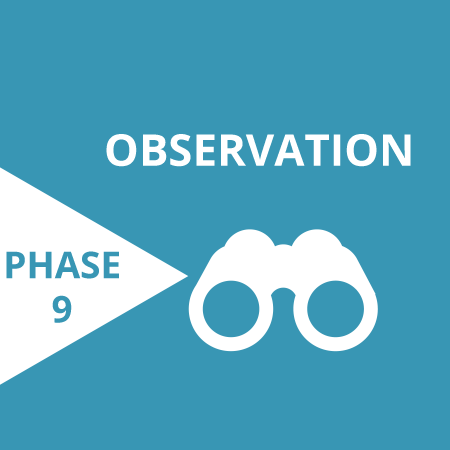
Program tracker

Eight Great Lakes states and two Canadian provinces meeting as the Compact Council, unanimously approved the Waukesha application to access Lake Michigan as its future drinking water source after an extensive application process.


At the end of 2017, after years of careful study and negotiation, Waukesha Mayor Shawn Reilly and Milwaukee Mayor Tom Barrett announced their collaboration enabling the Milwaukee Water Works to provide a Lake Michigan water supply to the Waukesha Water Utility. The agreement ensured that Waukesha citizens receive safe, reliable, and sustainable water at the lowest cost.


In this phase, routing alternatives are being studied while crucial public input is garnered from residents and local communities. A key performance evaluation will be conducted after extensive field investigations that include environmental reviews, surveying, and applying for permits. These efforts will ultimately determine the final water supply and return flow pipeline routes.


Using the information gathered during the investigation phase, plans for the final water supply and return flow pipeline routes will be drawn up. Many factors have to be accounted for in the plan, and many tests are currently underway to finalize the safest and most cost-effective pipeline design to deliver safe, sustainable water to Waukesha.


Before construction can begin, permits must be obtained for the pumping station, and both the supply and return pipelines. After thoroughly studying the pipeline routes and speaking with the public in the investigation phase, we’re confident that our final decision will be the best option for community members and the environment.


The project will entail construction of pumping facilities and a pipeline from approximately South 76th Street and West Oklahoma Avenue in Milwaukee to Waukesha. After being used and treated in Waukesha, clean water will return via a second pipeline, from Waukesha’s Clean Water Plant to an outfall point in the City of Franklin that empties into the Root River, ultimately flowing back to Lake Michigan.


A series of testing to ensure all pipelines and pumping stations are working properly before Waukesha switches from groundwater to its new water supply. Water quality will be monitored extensively at this stage and beyond.


Lake Michigan water will begin to be supplied to customers, replacing groundwater as Waukesha’s primary water source.


Program tracker
Eight Great Lakes states and two Canadian provinces meeting as the Compact Council, unanimously approved the Waukesha application to access Lake Michigan as its future drinking water source after an extensive application process.
At the end of 2017, after years of careful study and negotiation, Waukesha Mayor Shawn Reilly and Milwaukee Mayor Tom Barrett announced their collaboration enabling the Milwaukee Water Works to provide a Lake Michigan water supply to the Waukesha Water Utility. The agreement ensured that Waukesha citizens receive safe, reliable, and sustainable water at the lowest cost.
In this phase, routing alternatives are being studied while crucial public input is garnered from residents and local communities. A key performance evaluation will be conducted after extensive field investigations that include environmental reviews, surveying, and applying for permits. These efforts will ultimately determine the final water supply and return flow pipeline routes.
Using the information gathered during the investigation phase, plans for the final water supply and return flow pipeline routes will be drawn up. Many factors have to be accounted for in the plan, and many tests are currently underway to finalize the safest and most cost-effective pipeline design to deliver safe, sustainable water to Waukesha.
Before construction can begin, permits must be obtained for the pumping station, and both the supply and return pipelines. After thoroughly studying the pipeline routes and speaking with the public in the investigation phase, we’re confident that our final decision will be the best option for community members and the environment.
The project will entail construction of pumping facilities and a pipeline from approximately South 76th Street and West Oklahoma Avenue in Milwaukee to Waukesha. After being used and treated in Waukesha, clean water will return via a second pipeline, from Waukesha’s Clean Water Plant to an outfall point in the City of Franklin that empties into the Root River, ultimately flowing back to Lake Michigan.
A series of testing to ensure all pipelines and pumping stations are working properly before Waukesha switches from groundwater to its new water supply. Water quality will be monitored extensively at this stage and beyond.
